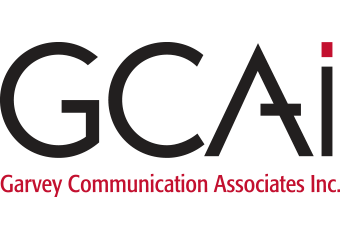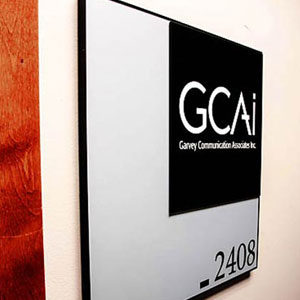The Future of Wireless: Spectrum and Cell Technologies
We recently came across an article in Business Week about small cell wireless technology – Want to See the Future of Mobile Coverage? Go to a Baseball Game. Has Verizon really sold enough 4G smartphones that the high-capacity 4G network doesn’t have the juice to hold its own at crowded events? What will be next in the evolution of mobile networks? In order to understand what is really going on in mobile technology we turned to Gordon F. Snyder Jr. Director of the National Center for Information and Communications Technologies at Springfield Technical Community College. Gordon has authored four engineering and engineering technology textbooks and has over 20 years of consulting experience in the field of communications and information technology. Here is what he had to say:
John Garvey from Garvey Communications dropped me an email last week and asked if I could write up a post about small cell wireless technologies. He had read a piece in Business Week titled Want to See the Future of Mobile Coverage? Go to a Baseball Game that describes how Verizon Wireless is using 4G LTE COWs (Cells On Wheels) and COLTs (Cells on Light Trucks) at sporting events. Both of these technologies provide portable bandwidth where and when it is needed. If you’ve ever been in a packed stadium and tried to make a call, upload a picture to Facebook, or post a tweet you’ve likely had problems getting a connection.
The more I thought the more I realized a good discussion will take a little more than a single post so I’m going to write a series on new antenna technologies over the next few weeks. Today let’s discuss the way cellular is done now and why it’s not going to work in the future.
Everyone know what a cell tower looks like and most would describe them as big, tall and ugly with lots of antennas hanging on them. If you look on the ground at the base of the towers you’ll typically see a few “huts” that contain (among other things) large amplifiers that provide signal up to the antennas at the top of the towers. Connectivity to the towers (referred to as “backhaul”) is provided by fiber. Here’s a simplified drawing of a big tower setup.

The towers are fed by fiber and optical signals transmitted on the fiber get converted back and forth to wireless signals, giving us connectivity on our mobile devices. Seems pretty simple and if we need more capacity all we need to do is run more fiber to the towers, right? Well….. not really. Providers can bury as much fiber as they want and convert it to wireless frequencies but that’s not going to solve the problem. The bottleneck today is spectrum and (especially) in congested areas this bottleneck is causing the dropped calls and slow wireless data access we’ve all experienced.
So, spectrum is a problem – what exactly is it? Each provider – AT&T, Verizon Wireless, etc. – have licenses from the Federal Communication Commission (FCC) to use specific frequencies for information transfer. It is important each providers spectrum be allocated in a way that it is kept separate for interference free communications so different providers cannot typically share licensed spectrum. When I think about spectrum I think about tuning the radio in my car – each station is licensed by the FCC and has it’s own “channel”, broadcasting at a specific frequency.
Now – just like the numbers on your car radio tuner – there is only a finite amount of total spectrum available. This finite availability, along with not being organized in the most efficient way, limits things like coverage, connection speed and quality of service. The spectrum issue is really coming to a head now with high bandwidth LTE services being rolled out by all providers – higher speeds, more bandwidth requirements and more people using their phones for voice, video and data services.
What’s being done by the wireless providers to get around this spectrum bottleneck? There’s been a mad scramble to purchase as much spectrum as possible but….. utilizing a finite amount of spectrum the way it is currently being used is not going to solve the problem long term. They’ll still end up running out. What’s being done?
There are a number of solutions. We’re also seeing providers building WiFi networks (WiFi uses unlicensed spectrum) to offload some of the licensed spectrum traffic. There’s a bunch of other technologies including small cells (the COWS and COLTS John was asking about), spectrum re-farming and cell-splitting that look promising. I’ll take a look at some of these in my next few posts.
http://www.gordostuff.com/2012/07/the-future-of-wireless-spectrum-and.html




